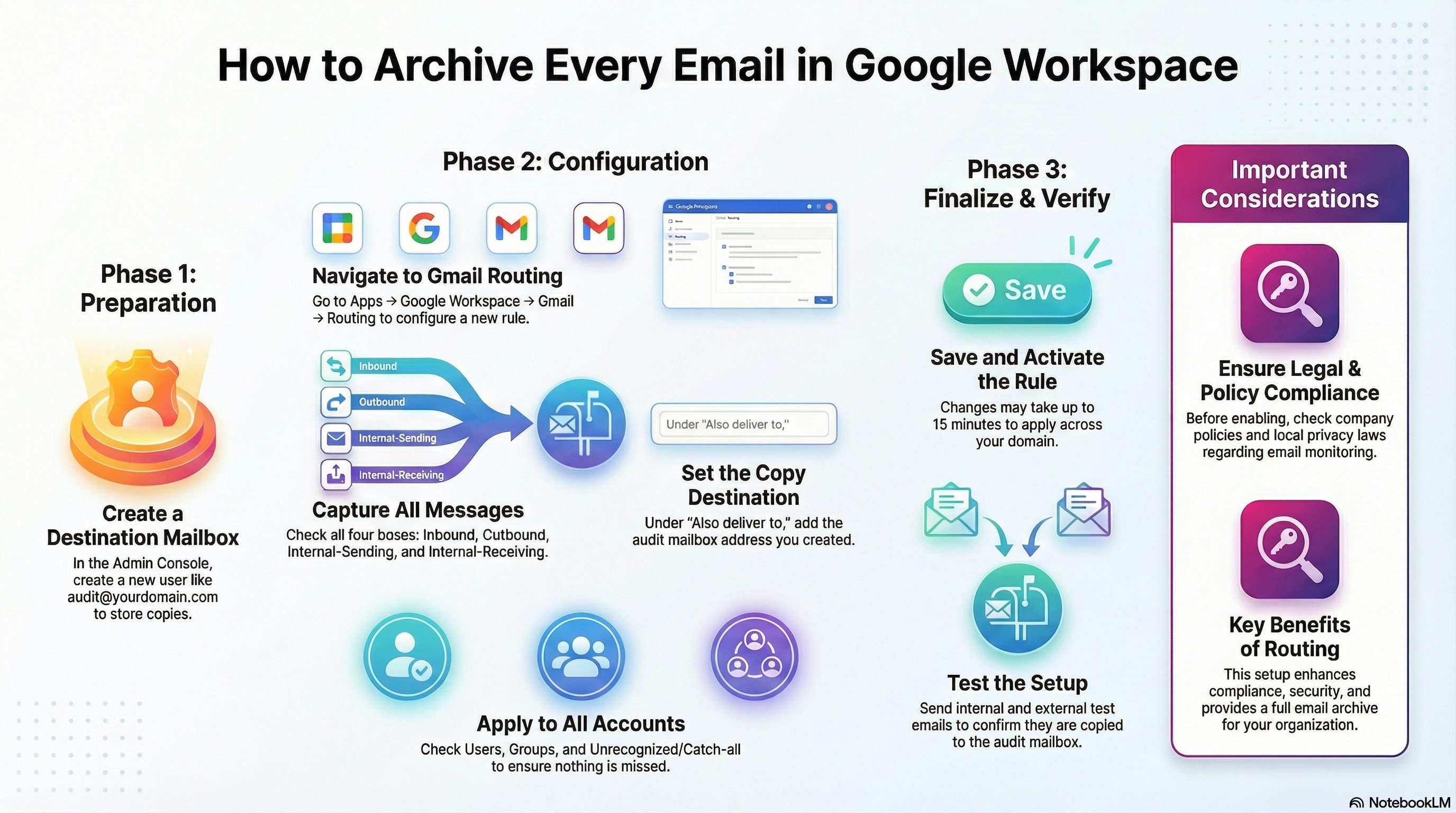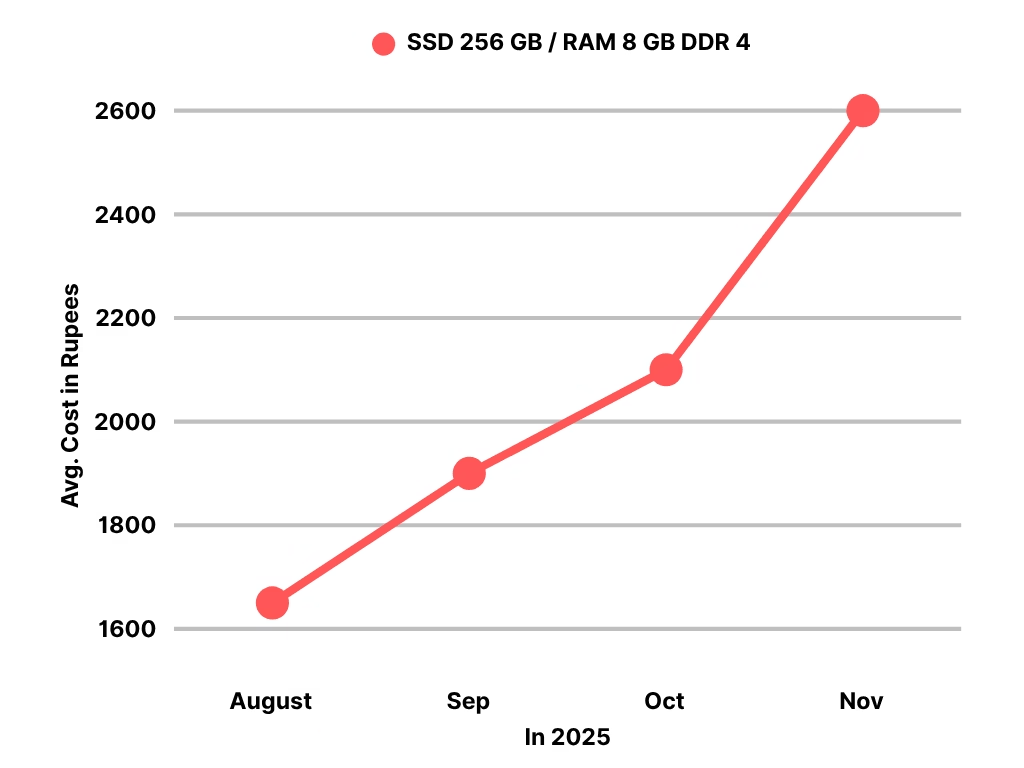This guide provides a comprehensive overview of Random Access Memory (RAM) to help you select the ideal memory solution for your computer system. Whether you’re a gamer, professional, or business user, understanding the differences among various RAM types is essential for optimizing performance and reliability.
What is RAM?
Random Access Memory (RAM) is the computer’s short-term memory. It temporarily stores all the information your computer is using right now, such as open apps, documents, and web pages. Because it’s volatile memory, everything stored in RAM disappears when you turn off your computer.
Imagine your computer as a desk where you work. RAM is like the surface area of your desk—if you have a big, clutter-free desk, you can spread out all your projects and switch between them quickly. But if your desk is small and cluttered, you’ll have a hard time finding what you need, and your work will slow down.
For example, if you’re watching a video, browsing the web, and editing a document at the same time, a sufficient amount of RAM ensures that each task runs smoothly without slowing down the others. Without enough RAM, even everyday activities like opening apps or switching tabs can become sluggish and frustrating.
This simple yet crucial component greatly influences your computer’s overall speed and responsiveness, making it an essential factor in both personal and business computing.
Why RAM is Important
Speed & Performance
Having more—and faster—RAM means your computer can handle many tasks at once without slowing down. With faster RAM, data moves quickly, so your programs open faster and run more smoothly. This is especially important when you’re running heavy applications like video editing software or modern games, as it reduces delays and prevents your system from lagging.
System Responsiveness
When your computer has enough RAM, every program and app loads quickly and responds to your actions almost immediately. This smooth experience means you spend less time waiting and more time working or enjoying your digital activities. It makes everyday tasks—like browsing the web, checking emails, or running office applications—much more enjoyable.
Business Impact
In a business setting, every second of system downtime can lead to lost productivity and missed opportunities. High-performance RAM ensures that computers and servers run reliably, even when many applications are used at the same time. This means fewer crashes, faster data processing, and more efficient workflows. When systems are responsive and dependable, employees can focus on their work without interruptions, which ultimately boosts overall productivity and helps the business run more smoothly.
Types of RAM
Below is a detailed breakdown of the various types of RAM with tables for quick reference.
SDRAM (Synchronous Dynamic RAM)
SDRAM synchronizes with the system clock for coordinated data transfers. While now largely replaced by more advanced technologies, it established the foundation for modern memory systems.
Key Characteristics:
| Feature | Details |
|---|---|
| Synchronization | Yes (sync with system clock) |
| Data Transfer | Single Data Rate (SDR) |
| Voltage | Typically 3.3V |
| Common Use Cases | Legacy systems, educational use |
DDR SDRAM (Double Data Rate)
DDR SDRAM improves upon SDRAM by transferring data on both clock edges. Its evolution is captured in the following table:
| Generation | Introduced | Typical Speed (MHz) | Voltage | Key Benefits | Usage |
|---|---|---|---|---|---|
| DDR1 | ~2000 | Up to 400 | ~2.5V | First double data rate; now mostly obsolete | Legacy systems |
| DDR2 | ~2003 | Up to 800 | ~1.8V | Improved speeds, lower power consumption | Budget systems, older desktops |
| DDR3 | ~2007 | 800 – 1600 | ~1.5V | Increased bandwidth, moderate latency | Mainstream PCs, gaming, workstations |
| DDR4 | ~2014 | 2133 – 3200 | ~1.2V | Superior energy efficiency and capacity | Most new desktops and laptops |
| DDR5 | ~2020 | 3200 – 6400+ | ~1.1V | Enhanced bandwidth, better overclocking, integrated PMIC | High-performance, future-proof systems |
LPDDR (Low Power DDR)
LPDDR is tailored for mobile devices and ultrathin laptops, focusing on low power consumption and reduced heat output.
Key Characteristics:
| Feature | Details |
|---|---|
| Power Efficiency | Much lower than standard DDR |
| Thermal Management | Reduced thermal output |
| Typical Applications | Smartphones, tablets, ultrabooks |
ECC vs. Non-ECC RAM
ECC RAM:
ECC (Error-Correcting Code) RAM uses extra bits to detect and correct data corruption in real time. It is essential for systems where data integrity is critical.
Non-ECC RAM:
Standard in most consumer systems, non-ECC RAM offers lower cost and slightly faster performance due to less overhead.
| Aspect | ECC RAM | Non-ECC RAM |
|---|---|---|
| Error Correction | Yes (detects and corrects errors) | No |
| Reliability | Higher (critical for servers and workstations) | Sufficient for everyday tasks |
| Cost | More expensive | More cost-effective |
| Performance | Slightly higher latency due to error-checking | Slight performance edge due to lower overhead |
Choosing the Right RAM: Key Considerations
Basic Everyday Use (4GB–8GB RAM)
This level of RAM is suitable for users who perform light tasks and don’t need high-performance computing.
Best for:
- Web Browsing: Running a few tabs at a time on browsers like Chrome or Edge.
- Email & Communication: Using Gmail, Outlook, or Slack.
- Office Applications: Working on Microsoft Word, Excel, and PowerPoint without lag.
- Streaming & Entertainment: Watching videos on YouTube, Netflix, and Spotify without slowdowns.
Performance Considerations:
- 4GB RAM – Minimum requirement for Windows/macOS, but performance may suffer with multiple apps open.
- 8GB RAM – Ideal for smoother everyday computing and moderate multitasking.
Gaming & High-Performance Use (16GB+ RAM)
For gamers, creators, and professionals handling graphics-intensive tasks, higher RAM is essential.
Best for:
- Gaming: Running modern titles like Call of Duty, Cyberpunk 2077, or Fortnite without frame drops.
- Video Editing: Working with 1080p and 4K footage in Adobe Premiere Pro or DaVinci Resolve.
- Multitasking & Streaming: Running Discord, OBS Studio, and multiple browser tabs while gaming.
- Graphic Design: Using Photoshop, Illustrator, or Blender for complex designs.
Performance Considerations:
- 16GB RAM – The standard for gaming and moderate creative workloads. Ensures smooth performance with background applications running.
- 32GB RAM – Needed for serious video editing, high-end gaming, and streaming with multiple applications running simultaneously.
Professional Work & Business Use (32GB+ RAM)
For high-end workstations running intensive applications, having extra RAM is a necessity.
Best for:
- 3D Modeling & Animation: Working in AutoCAD, Blender, or Maya for complex projects.
- AI & Machine Learning: Running deep learning models and AI-based applications like TensorFlow and PyTorch.
- Data Science & Large Databases: Handling big datasets in Python, R, or SQL-based applications.
- Enterprise-Level Workflows: Managing multiple virtual machines, cloud applications, and ERP systems.
Performance Considerations:
- 32GB RAM – Suitable for professional work, handling large files, and running complex applications smoothly.
- 64GB RAM or More – Required for AI computing, scientific research, and extreme workloads like multiple virtual machines.
Summary
| Use Case | Recommended RAM |
|---|---|
| Basic Browsing & Office Work | 4GB – 8GB |
| Gaming & Content Creation | 16GB – 32GB |
| Professional & Business Use | 32GB – 64GB+ |
Laptop RAM Upgradability & Considerations



